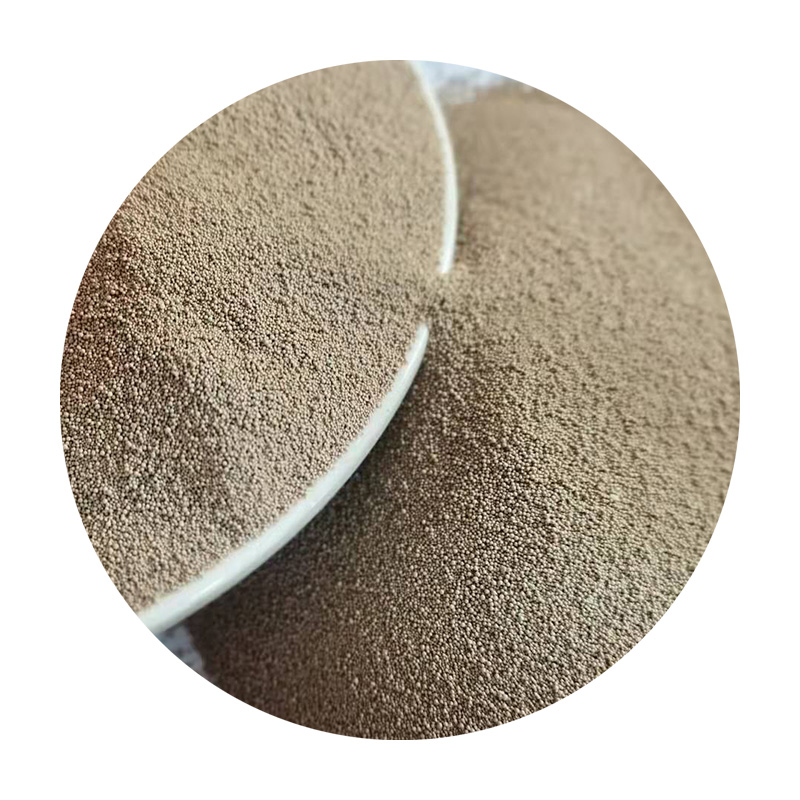Sanding and Painting 3D Prints A Comprehensive Guide
The advent of 3D printing has revolutionized the manufacturing process, allowing individuals to create intricate designs and custom items with unmatched ease. However, while 3D prints can be impressive right out of the printer, they often require finishing touches to achieve that polished, professional look. Two crucial steps in this finishing process are sanding and painting. In this article, we will delve into the techniques and tips for effectively sanding and painting your 3D prints.
Understanding the Importance of Sanding
Sanding serves multiple purposes in the realm of 3D printing. First and foremost, it helps remove visible layer lines and imperfections that are inherent to the printing process, especially in Fused Deposition Modeling (FDM) prints. These layer lines can detract from the overall aesthetic of the model, making it look less polished and more like a raw prototype.
Additionally, sanding creates a smoother surface that allows paint and other finishes to adhere better, resulting in a more uniform appearance after painting. Furthermore, it can help shape parts of a model that may not have printed perfectly, ensuring a better fit if the print is part of a larger assembly.
Tools and Techniques for Sanding
1. Selecting the Right Sandpaper The grit of sandpaper is crucial. Start with a lower grit sandpaper (around 80-120 grit) for initial sanding to remove larger imperfections and layer lines. Gradually move to higher grits (up to 1000 or more) for a finer finish. It's recommended to have a range of sandpaper grits on hand.
2. Wet vs. Dry Sanding While dry sanding is common, wet sanding can provide a smoother finish and reduce dust. This technique involves using water or a lubricant while sanding, which helps trap dust and prevents clogging the sandpaper.
3. Using Sanding Blocks For flat surfaces, consider using sanding blocks to ensure even pressure is applied. For curved or intricate details, you can wrap sandpaper around a finger or use sanding sticks designed for detail work.
Preparing for Painting
sanding and painting 3d prints

Once sanding is complete, the next step is preparing your print for painting. This includes cleaning the surface to remove any dust or debris from the sanding process. Soap and water can work well for this, followed by allowing the print to dry thoroughly.
Applying a primer is highly recommended, especially for prints made from filament like PLA or ABS. Primers create a uniform surface and can help with paint adhesion, enhancing the overall quality of the finish. Choose a primer that matches the type of paint you intend to use; for instance, if using acrylic paint, an acrylic primer would be most suitable.
Painting Techniques
1. Choosing the Right Paint Paint selection is essential. Acrylic paints are popular due to their ease of use and quick drying times. For a more durable finish, you might consider using spray paints or enamel paints, but ensure they are compatible with the printer material.
2. Applying Paint When painting, use light, even coats to prevent drips and runs. Multiple thin layers will typically yield better results than one thick layer. Allow each coat to dry completely before applying the next to achieve a smooth finish.
3. Detail Work For models with intricate details or multicolored designs, consider using brushes for more precision. Invest in a set of fine-tipped brushes for adding details after the base coat has dried.
Final Touches
After painting, you may wish to add a clear coat to protect the finish and provide a desired sheen. Matte, satin, or glossy finishes can be selected based on the look you're trying to achieve. This final layer not only enhances the aesthetic appeal but also offers protection against scratches and fading.
Conclusion
Sanding and painting are essential processes in giving your 3D prints a professional appearance. With the right tools, techniques, and patience, you can transform your prints from basic models into stunning works of art. Whether you're creating functional parts or artistic pieces, mastering these finishing techniques will elevate your 3D printing projects to new heights. Remember that practice makes perfect, so don’t hesitate to experiment and develop your own methods as you refine your skills. Happy printing!
Post time:ພ.ຈ. . 12, 2024 04:16
Next:sand casting technique
